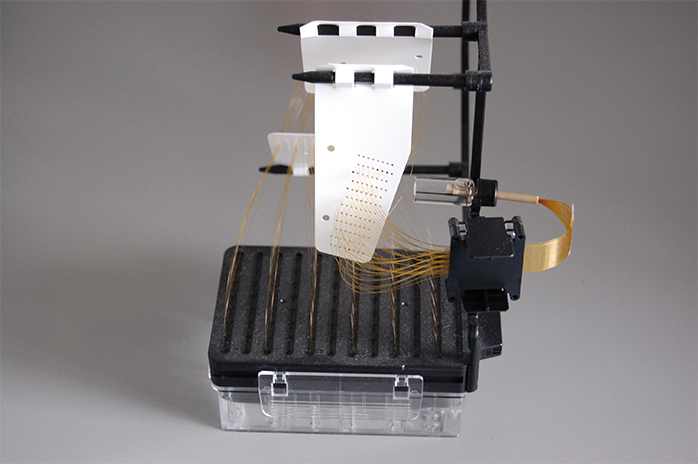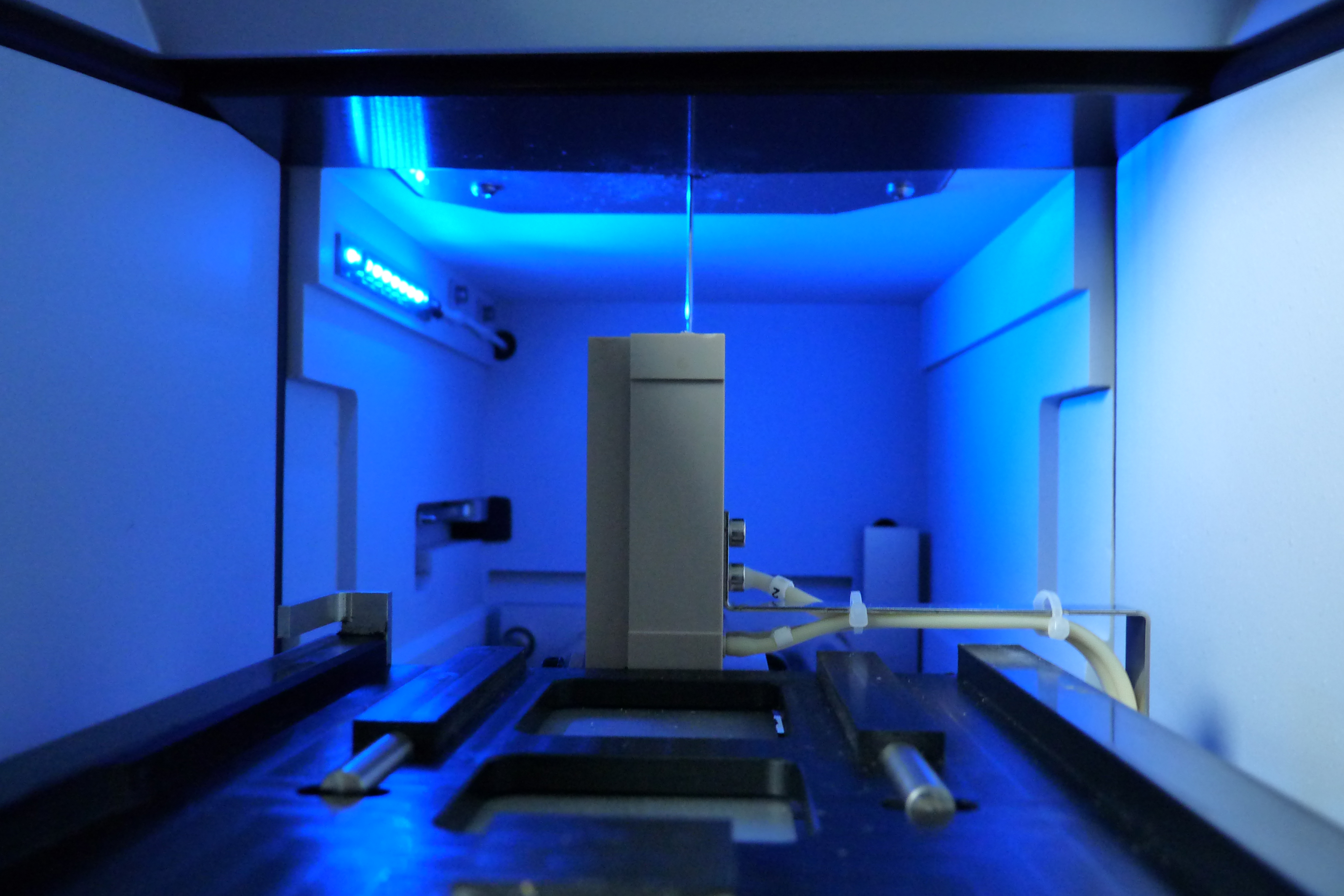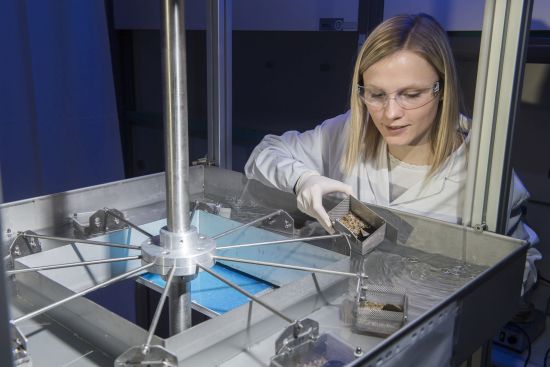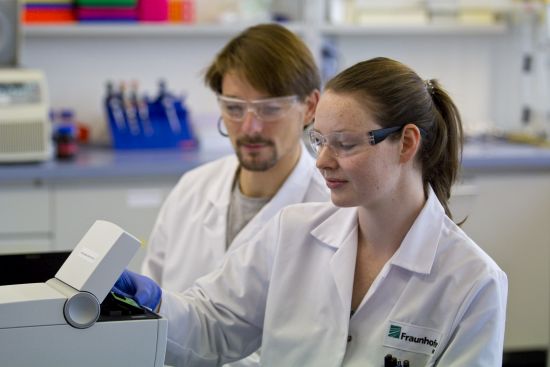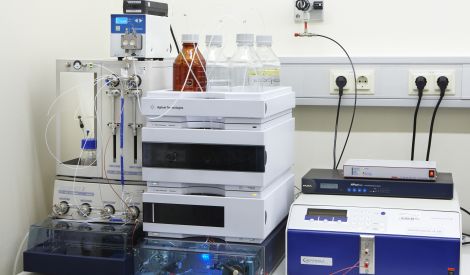AquaNANO - Nanoprobes Based Fast Drinking Water Analysis
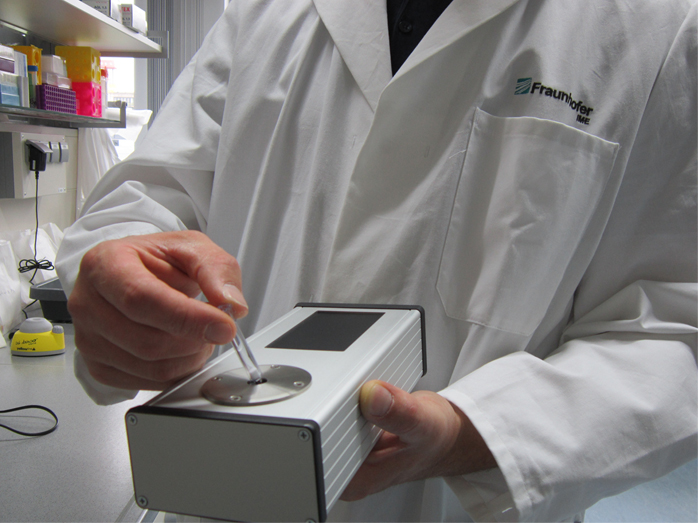
Drinking water is our most important foodstuff and is therefore subject to strict and frequent controls. Nevertheless, there are always situations in which contamination with pathogens cannot be ruled out, e.g. after floods or earthquakes. In addition, bioterrorist attack scenarios cannot be ruled out, as supply facilities represent a potential target because of their nationwide infrastructure and central feed-in points. Established analyses are laboratory-based, complex and time-consuming. There is currently a lack of reliable and sensitive rapid test methods that can be used on site. The aim of the joint AquaNANO project is to develop a novel mobile analysis system that can detect impurities in drinking water in the shortest possible time.
 Fraunhofer Institute for Molecular Biology and Applied Ecology IME
Fraunhofer Institute for Molecular Biology and Applied Ecology IME

